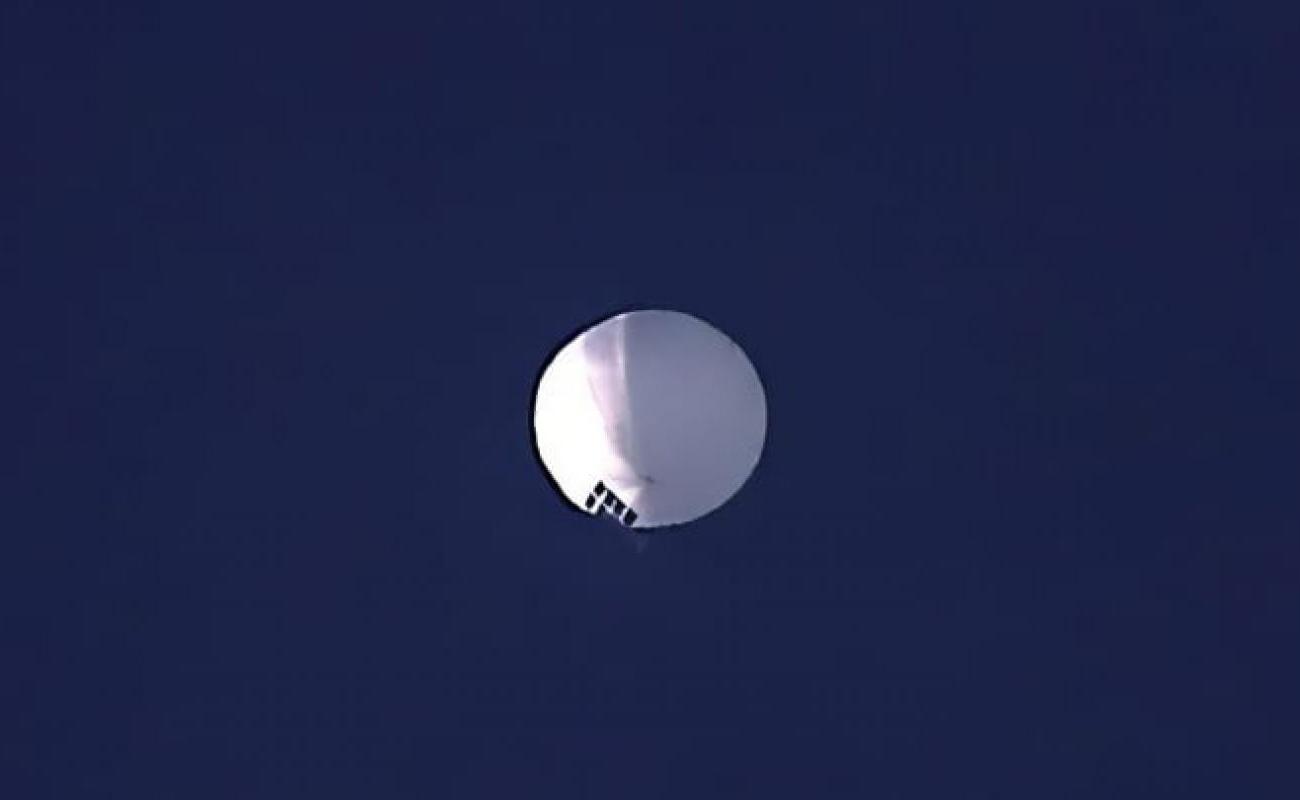A Chinese "surveillance balloon" had been flying over the United States for several days before it was shot down by the US Air Force on Saturday.
Using high-altitude balloons for spying and other military missions is a practice that dates to the middle of the last century.
Here is what is known about how they operate and why China is using them now.
What are spy balloons?
During the Second World War, the Japanese military tried to loft incendiary bombs into US territory using balloons designed to float in jet stream air currents. No military targets were damaged, but several civilians were killed when one of the balloons crashed in an Oregon forest.
Just after the war, the US military started exploring the use of high-altitude spy balloons, which led to a large-scale series of missions called Project Genetrix. The project flew photographic balloons over Soviet bloc territory in the 1950s, according to government documents.
How do they work?
Such balloons typically operate at 80,000-120,000 feet (24,000-37,000m), well above where commercial air traffic flies - airliners almost never fly higher than 40,000 feet. The highest-performing fighter aircraft typically do not operate above 65,000 feet, although spy planes such as the U-2 have a service ceiling of 80,000 feet or more.
However, according to the Wall Street Journal, the balloon seen flying over the US was first reported by civilians in a commercial airliner.
The advantages of balloons over satellites include the ability to scan wide swathes of territory from closer in, and to be able to spend more time over a target area, according to a 2009 report to the US Air Force's Air Command and Staff College.
How big was the China spy balloon?
The balloon above the US was "the size of three buses" and had a visible "technology bay", US media reported, including solar panels to power the surveillance device.
Unlike satellites, which require space launchers that cost hundreds of millions of dollars, balloons can be launched cheaply.
The balloons are not directly steered, but can be roughly guided to a target area by changing altitudes to catch different wind currents, according to a 2005 study for the Air Force's Airpower Research Institute.
Why is China doing this?
China may have sent a spy balloon over a major US nuclear missile silo complex simply to show that it could. It has far more advanced methods of surveillance and espionage to glean information.
By comparison, sending a spy balloon – technology that has been around for decades – is rather unsophisticated.
Alexander Neill, an analyst at Hawaii’s Pacific Forum think tank, said the balloon's intelligence gathering was likely limited, suggesting its real intention may have been more political.
"China has its own constellation of spy and military satellites that are far more important and effective in terms of watching the US, so I think it is a fair assumption that the intelligence gain is not huge," Mr Neill said.
China has continued to claim that the balloon was merely a weather research "airship" that had been blown off course.
Why now?
The timing is also suspicious - just days before Antony Blinken, the US secretary of state, was set to visit China. He has since cancelled the trip.
The whole incident has touched off a political firestorm in the US – possibly the cherry on top for Beijing.
Before the balloon was shot down, US President Joe Biden was criticised for being too soft on China. But on Saturday, Mr Biden revealed he had asked the military to shoot the balloon down a day earlier, but was told that the potential for harm to people on the ground was too high.
All this may be playing straight into Beijing’s hand, designed to distract and embarrass both Mr Biden and Mr Blinken.
The US has said that similar incidents have occurred before, so there is a question mark over why they chose to announce the balloon sighting this week.
That Washington has known of past Chinese reconnaissance balloons in its airspace – and decided not to publicly reveal them – is perhaps yet another indication of differences of opinion in how best to handle China.
As such, that the Chinese spy balloon was spotted – itself a provocative move that has created a finger-pointing frenzy within the US, rather than at China – may be viewed in Beijing as a successful mission, rather than a failed one.

